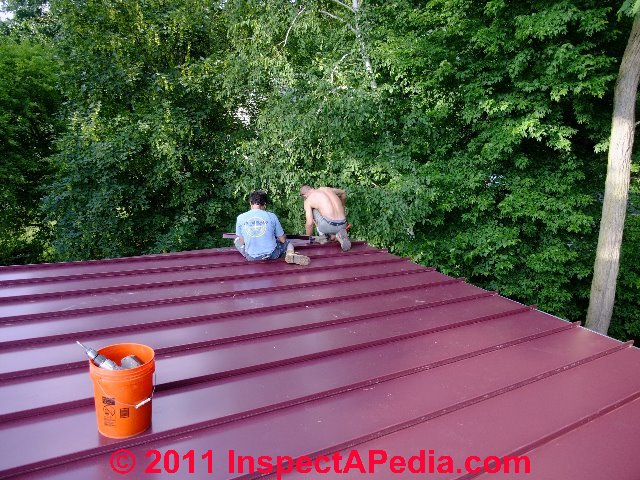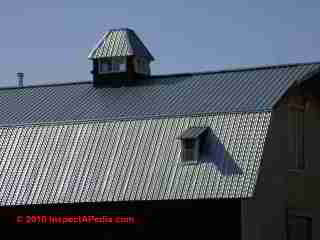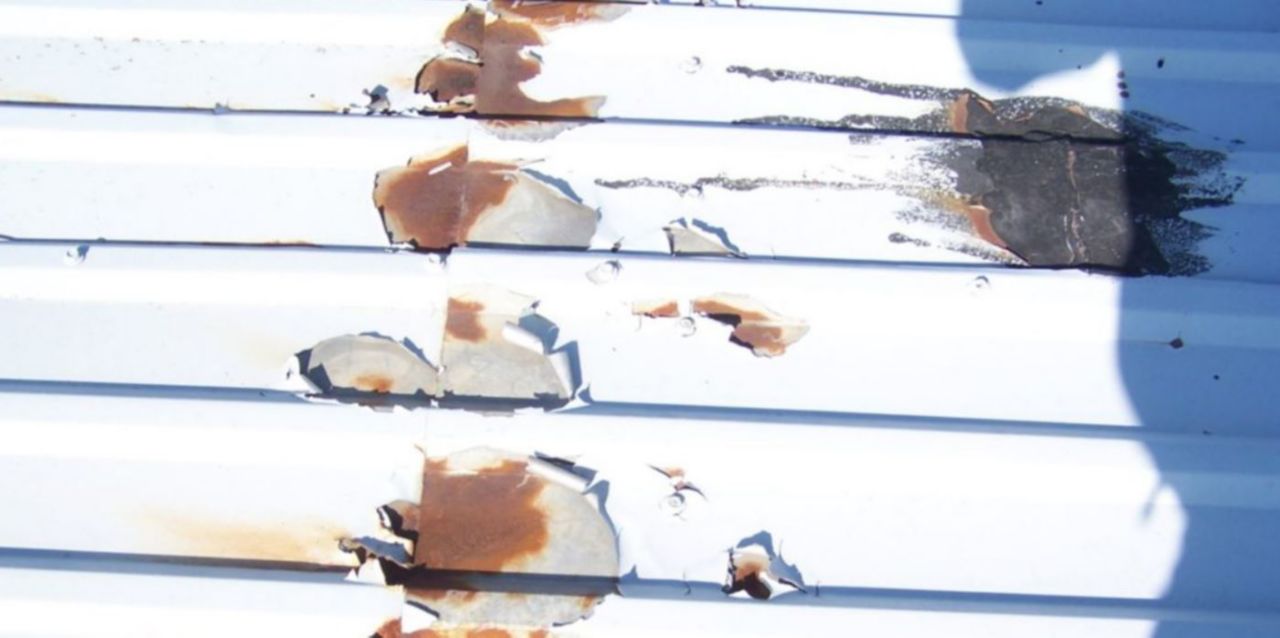My dwelling has cathedral ceilings and we have a problem with thermal expansion contraction causing a banging noise after sunrise and at sunset.
Metal roof thermal expansion noise.
More likely is thermal expansion contraction of metal on roof components such as flashings along a valley or around a chimney.
In rare cases in one particular roof assembly with standing seam panels the expansion contraction sounds can become louder inside a building.
It is possible that the roof popping noise is due to your metal roof pushing against the exposed fasteners.
As for the popping noise in the morning and evening that s a different mechanism.
The patter or even the roar of falling rain or hail popping and cracking noises perhaps due to thermal expansion and contraction of roof coverings metal roofing or roof structure and transmitted noises from other external sources such as low flying aircraft or nearby trains or auto truck traffic from a nearby highway.
As the lumber expands it moves and it will rub against other pieces of wood that aren t moving at the same rate.
Installing an underlayment between the metal roofing and the roof sheathing is a key step to reducing metal roof noise.
It s thermal expansion and contraction.
Install a higher quality roof.
If your roof is installed without a proper roof underlayment you will experience the kind of noise that causes people to think buying a metal roof is a bad idea.
This is a step that must be taken during the installation process.
On 2017 03 01 by anonymous slate roof prone to cracking noises is a slate roof prone to cracking noises because of thermal expansion and contraction.
Exposed fasteners often perform poorly due to its likelihood to leak.
As the lumber expands it moves and it will rub against other pieces of wood that aren t moving at the same rate.
Sounds can be amplified by friction between the components in assemblies with standing seam roof panels rigid board insulation and metal decking.
All metal is going to make some noise with expansion and contraction.
The sun hits your roof and heats it up.
The sun hits your roof and heats it up.
It s thermal expansion and contraction.
How much depends on the structure system and installation.
I have a high moisture reading in the morning and but the attic temperature is close to the outside temperature and by mid day the spread between the attic and outside increases to around 20 degrees and the moisture reading will goes from wet to dry.
Hidden and exposed fasteners create different environments for thermal expansions.









